Travel back to 1989 and a sleepy suburb of Chicago. What immediately comes to mind is a scene out of a John Hughes movie, a definitive 1980s coming of age feel surrounding a group of kids. However, these kids are determined to become something bigger than their surroundings by forming a band.
That’s what happened to four high school students. But unlike many dreams typicially stopping there, they kids did not. They saved their paper route money and got two days of studio time at Shadow Productions in Wheeling, Illinois. Two New Wave guys sat behind the board as the band shredded through a first album of raw thrash, intricate solos and atom smashing time signatures.
Cranking out riffs like opening a gateway to hell, the band were incredibly talented. But that’s where this story unfortunately stops. . . until now. 35 years later, Ray Dybzinski and Chris Eichenseer dusted off their old masters and re-released this extremely rare bit of Chicago metal history. For most, it’s the first time.
As both Ray and Chris went on to be in other bands, including mutual work in The Timeout Drawer, Chris joining Beak, and Ray in Sounding Spirals, Ariah holds a very special place in their hearts. You may have never heard of Ariah, but after you do, it will completely blow your mind.
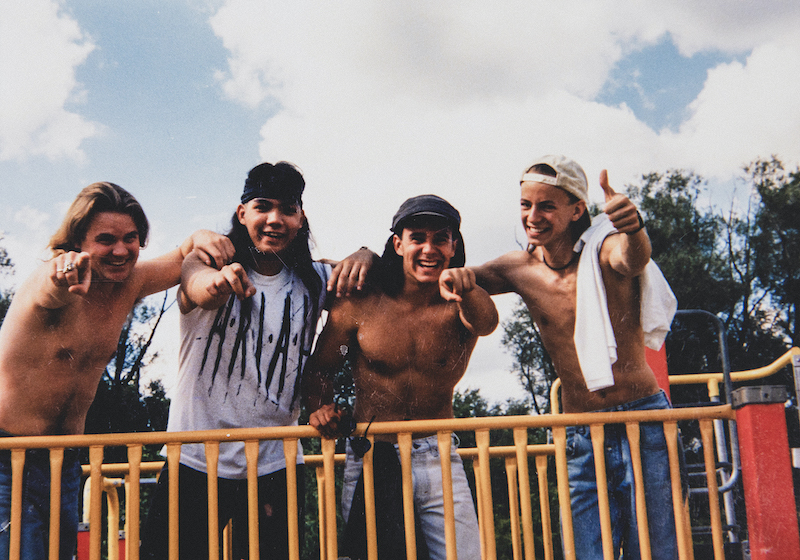
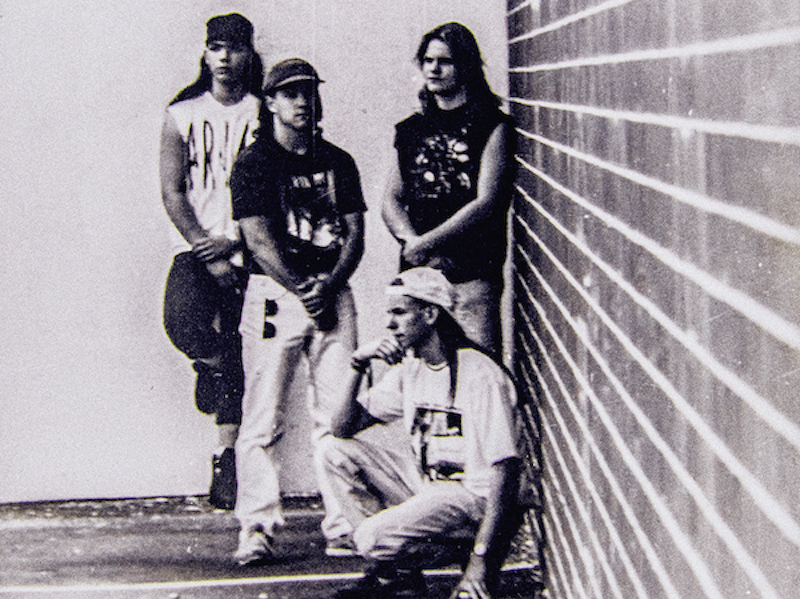
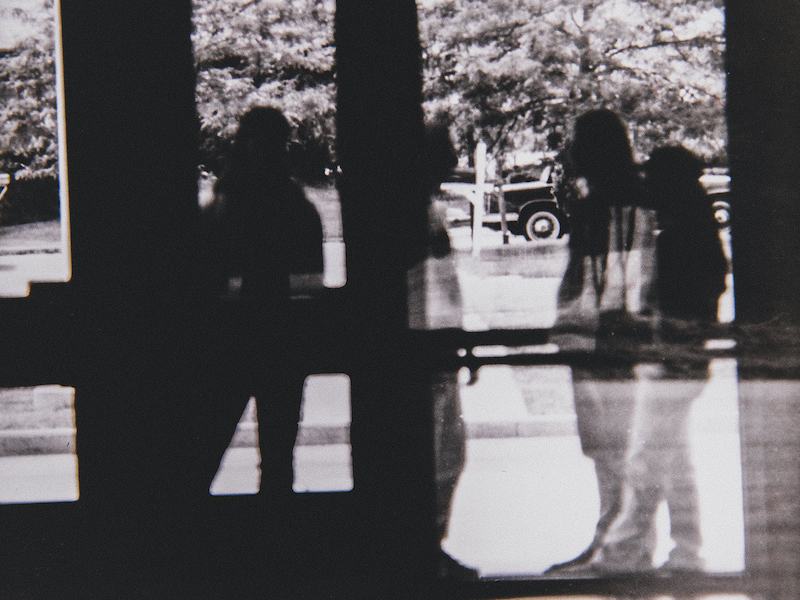
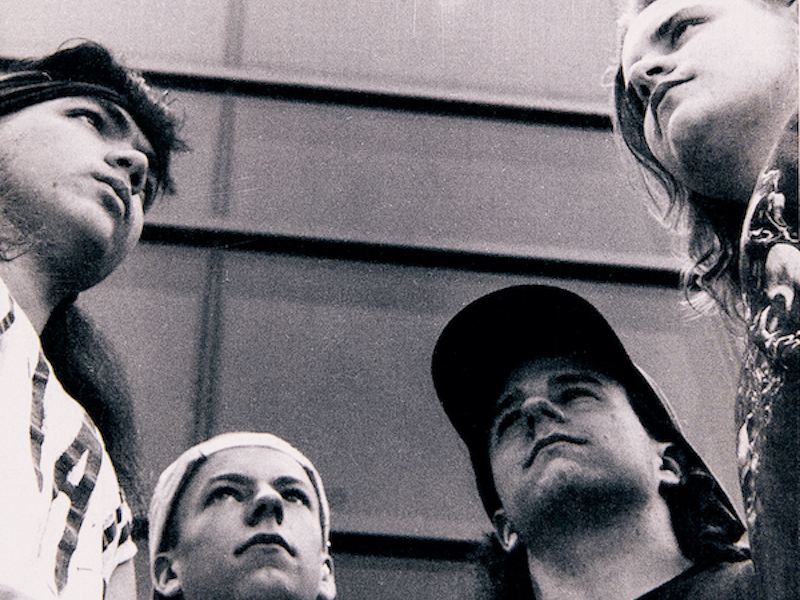
I got to break down more of the myth with Chris and reasoning behind this eclectic and epic moment in Chicago music history.
What led to an infatuation with metal and thrash music at such a young age? Was there more to it than an infatuation with Slayer and Metallica?
We were kids in junior high school. Master of Puppets had just come out, and it took our school by storm — all the kids who never fit in anywhere, who never had a home, suddenly belonged. The jean jacket back patches, the t-shirts, it felt like every other kid was telling me about that record.
It was word of mouth, there was no radio, and that made it so much more powerful. Two guys in the back of my homeroom — Ray Dybzinski & Jim Urbanski — with the sleeves ripped off their metal shirts approached me after class. I was listening to Van Halen and Def Leppard, they were the gateway bands apparently. They said, “Do you want to play drums with us? Listen to this record.” ‘Sanitarium’ was palatable, eventually so was ‘Damage Inc.’ I was hooked. Slayer’s Reign in Blood was next, it was pure anger. We were kids coming of age, we were smart, did well in school, but we were restless, and dying to rebel against our suburban environment. I mean, there was no more boring place on Earth.
When I think of Chicago in the 1980s, I think of Wax Trax! and the punk scene surrounding The Alley, as well as Reckless Records on Milwaukee Ave. And then there was The Aragon, Medusa’s, The Metro and the list goes on. Not Hoffman Estates or Schaumburg. Growing up as an outsider from Indianapolis who would take frequent trips up to Chicago viewed these places as tourist destinations for the alternative scene. How did the Chicago scene and your environment shape you?
We dreamed of places like Medusa’s and the Aragon, but you needed a willing parent and a drive into the city. We wouldn’t even know how to get there. We were stuck where we were — grey everything, accidental lakes, subdivisions, flatness, strip malls. We had Hip Cat Records and Record Breakers, Flipside, and Rose Records where magazines and records could clue us in. We were cut off from everything else. Our first show was at the Palatine Battle of the Bands when we were 15 and the youngest, our lead guitarist, Chris Southerland, was 13. We played ‘Battery’ by Metallica and two other originals. Believe it or not, there was another thrash metal band from our high school called Battle Array. They played that show too. Our environment absolutely shaped us but in reverse: it was a mentality of make something from absolutely nothing. Like, please! Anything but this!
Even at a young age, the musicianship of the band was incredible. The guitar work on “The Chosen Second.” The ferocity in the opener, “Dawn Never Rises.” How did this passion to build technique begin?
Thank you! We were never quite sure if what we were doing was any good. It was a miracle honestly we found Chris Southerland, our lead guitarist, who could solo like Kirk Hammet or Kerry King. He was 13! He was so quiet, so shy. And so angry. He lived with his flying V in his small bedroom. He seemed like he was born with it. The other three — Chris (me), Ray and Jim — were older, 15 when we met him, and not as good as Chris, but we had passion on our side. We wanted it so bad.
There was never any discussion of technique really. We were a band like our lives depended on it. Practices were all day affairs in my mom’s basement, dad watching golf and falling asleep in his chair right above us. Sundays, Thursdays, sometimes Saturdays too. Whenever we could, we were playing. And we were smart enough to compare what we were doing to what was happening at the highest level. What else was there? We were going to make the next Master Of Puppets. Plain and simple. Haha.
After 35 years, why resurrect this recording?
Ray and I have been in bands ever since, and sitting on a box of practice tapes and the original pressing of this record. For so long, it was almost a joke — we never showed it to anyone once we left high school. We were embarrassed of our younger selves. But enough time passed, I had my own kids, then I had brain surgery and thought — holy shit, these kids made this? Kids? I knew what a 13 year old was like because I had one. I saw it in a whole new light. I thought, I’d better make sure this gets into the world before it’s too late.
And this album fills a space for me, between Metallica and Slayer. And honestly, how many good thrash records from that era are there really? Very few. It needs one more of them.
By the way, my son is 14 now. He’s playing all of Metallica’s catalog on guitar. It’s come full circle.
For what was designed as a demo, the songs are conceptually intelligent. What was the reaction from the result of this demo?
The ’80s and early ’90s were a different environment. Parents didn’t encourage things like skateboarding or metal the way they do now. Ours were definitely cool with it, but they didn’t understand it. Neither did our classmates in the suburbs. I mean the metal kids did, but that was it. There was nowhere for it to go. It sat there. Our girlfriends were like “that’s nice” but they didn’t want to listen to it. We played a handful of shows — Fotch’s and Smiler Coogan’s in Chicago, McGregors in Elgin. We were like “you should read the lyrics.” The world was indifferent.
Why not keep with the title, “Damp Solitude Recession?”
Ray was an extraordinary poet, way ahead of his time. He made that title, influenced by the stream of consciousness of Skinny Puppy, and we thought it was rad. I mean, it sounds like the lowest level of depression, doesn’t it? But it doesn’t roll off the tongue, and with the digging up of something this old, we thought we’d streamline it. No title. Just Ariah. A definitive statement.
What were you hoping you would get out of this album at the time? Why did it not lead to something bigger?
We were kids who thought maybe we wouldn’t go to college. We’d keep doing this. But there wasn’t a single shred of evidence from the outside world that that would make sense. No feedback other than a handful of promoters, a couple zine makers who interviewed us. That was it. Without the internet, trying to mail things around, I don’t know, it just didn’t feel possible. And we were restless. We had more bands to start.
Looking back at these songs during that period of your life, what do you feel most proud of?
Man, I love these kids. I remember how each riff felt to write, and how psyched we were with each and every one, humming it for days and weeks in class, just feeling it. I remember it felt so powerful to be able to make something so bad ass. Looking back, I’m amazed at how complex each song is and yet each part flows into the next. None of that was easy. And we did most of it entirely on our own. Paper routes and bagging groceries paid for the two days studio time and all of our equipment. I remember Ray showed his guitar teacher what we were working on once and he thought it sounded like polka because of the thrash beats. My drum teacher only knew jazz and bossa nova. No one could tell us what to do and there was no one to ask how to do any of it. It was a pure uphill battle the whole way.
What are the original band members doing now
I wish I knew. Jim and Chris — I’m still trying to track them down. I can’t find them for the life of me. I think they will be excited to get their hands on this pressing. Actually, it will completely blow their minds. Like, completely.
Ray is a professor of ecology at Loyola. He’s dedicated his life to climate change. He’s currently in a band with the Someoddpilot Records co-founder Jason Goldberg called Still Machine, and the three of us founded the industrial band Facefail in 1994, and the post-rock band The Timeout Drawer in 1997. When that band ended we went on to form another metal band called Beak in 2008.
I discovered photography and graphic design doing the flyers and covers for Ariah. I founded Someoddpilot, a creative studio, when I was 25. We work for music, tech, fashion and outdoor brands. We branded Pitchfork. We recently rebranded Lollapalooza. I’ve been doing that for 25 years now.
Any thoughts about coming together as a band again to do anything new?
Maybe if we can track down the other guys, mountains will move, and we can try to play ONE of these songs again. Haha. I know I could do it! But I’ll do anything. Let’s hope. We can hope can’t we?
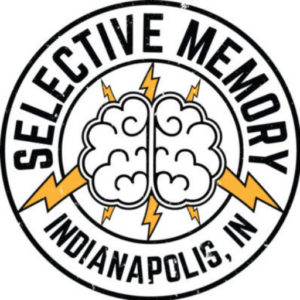
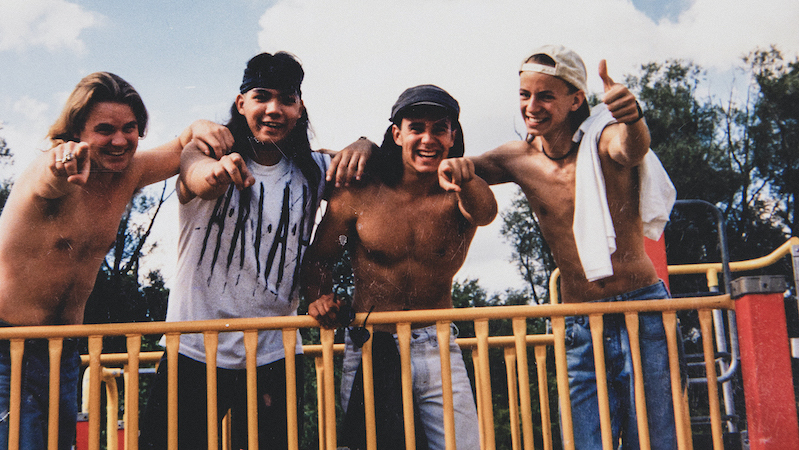
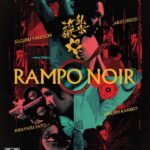
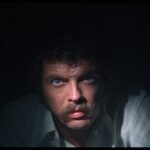
No Comment! Be the first one.